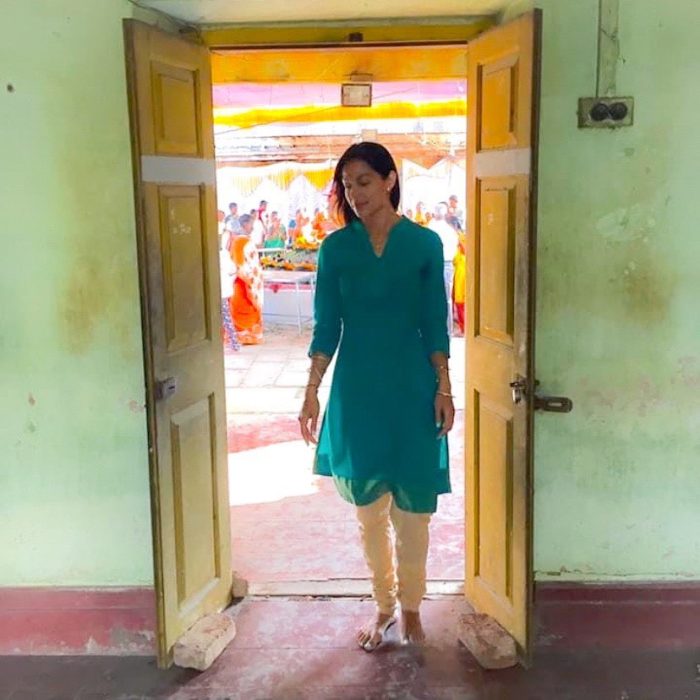If it didn’t happen to you, it doesn’t mean it didn’t happen.
A sea of Pattabhi Jois’ images cross my screen these days.
Yoga starts with the first Yama, ahimsa (nonviolence), and if we are all connected, if something happens to one of us, it happens to all of us. This is not about right, wrong, or blame but noble behaviour.
This difficult subject is one I feel needs to be discussed as the images of Pattabhi Jois can trigger negative memories. This isn’t about the practice of Ashtanga Yoga but how it is taught. If we truly are a “yoga family,” we should respect, listen, and support each other.
Krishnamacharya taught teachers to understand the person in front of them and teach them as it applies to them, not you, and Heyam Dukham Angatam (Yoga Sutra 2.16)—to avoid the pain that is yet to come—meaning ahimsa is to be practiced above all else.
If we are not following this as yoga students and teachers, then what happens?
I learned from my teachers that yoga is:
1. Yuja Samādhau—a state of complete clarity; one perceives something as it is
2. Sannahanam—to prepare/protect
3. Śānti—to feel any emotion fully without leaving any residue, to be located in a space of clarity and act from a space of no rāga (attachment) or dveśa (aversion)
4. Citta Vrtti Nirodha—directing the mind in one direction and sustaining without distraction (Desikachar)
5. Samatvam Yoga Uchyate—Bhagavad Gita 2.48—equanimity (not swayed by extremities)
If you practice yoga, you change the world by starting with you. If you teach, you influence a community.
Therefore, as leaders in the yoga world, we are responsible for bringing Maitri, Karuna, Mudita, and Upeksa into the world—loving-kindness, compassion, joy, and equanimity.
A good teacher is continually learning, open, and inclusive. As teachers, we have a responsibility to create safe spaces. And as a woman who works extensively with people with Post-Traumatic Stress Disorder and trauma, and has taught Ashtanga Yoga for 12 years, I feel it is my/our obligation as teachers to protect students and the community from negativity, human glorification, and delusion.
I write with love in a nonconfrontational way, but more as a reminder that our actions create reactions. And if those actions hurt people, then what are we teaching?
“The practice of yoga only requires us to act and to be attentive in our actions.” ~ T.K.V. Desikachar
 Share on bsky
Share on bsky


Read 11 comments and reply